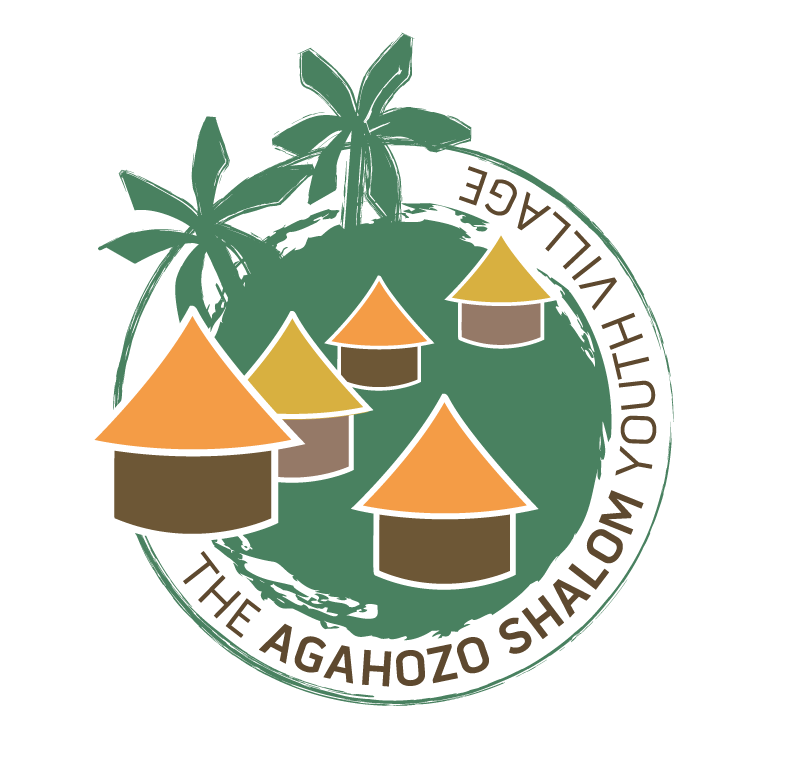LOOK AND SEE WHAT I SEE
When I first learned I would be teaching photo and video editing at Agahozo-Shalom Youth Village, a few challenging questions came to mind.
How do you teach photography to students who have never held a camera?
How do you teach video editing to those who have never watched videos?
To my surprise, the digital world proved no obstacle for my first and second year students at ASYV. “On our first day of class, I didn't think it would be possible for me to use a camera,” said first year student Cedric Ishimwe, “but now it’s easy for me.”
My students quickly took to the basics, and surpassed the goals I had originally set for them. Over the course of the term, I realized that this medium was a new form of expression that had previously proved unattainable for them. “Even in Kinyarwanda, sometimes it can be difficult for me to express what I see, but I learned that I can take a picture or make a video, and you can look and see what I see,” said first year student Didier Muhire.
We incorporated field trips into our photo and video classes. It is important that students have experience documenting life within ASYV as well as their local communities, beyond the Agahozo-Shalom gates. I was amazed by the photos they produced as we walked along the dirt roads outside of the Village. They captured moments that I, as an outsider, could never have seen, let alone capture on film. My students talked to the children they were photographing, and thus had a better understanding of the people they were documenting. This thoughtfulness and understanding is reflected in their photographs.
It is a privilege as an educator to have the facilities necessary to teach the fundamental skills of photo and video editing. My students edit their photos and videos on the latest version of Adobe elements, available in the computer lab at Agahozo-Shalom. In Photoshop, students learn how to adjust lighting and contrast, as well as more advanced skills such as cutting, straightening, and cloning images (see photos below). With the amenities of a stocked media lab, students are able to truly foster their creativity. I have found multiple photos of students who have photo-shopped themselves onto the red carpet with celebrities or fancifully collaged themselves into the clouds. In the video production room at ASYV, students learn how to create videos that cultivate the talents of the creators as well as those who are performing in the film. At the end of the first-term, students completed a final project that layered photographs, videos and different editing techniques together to tell the story of the photo and video-editing after-school enrichment program at Agahozo-Shalom.
Beyond the students in the enrichment program, and those involved with the ASYV TV Club, the student body has shown an enthusiasm for media by creating various television productions of their own. Among the list is “What’s UP ASYV,” a pop culture based entertainment show created by ASYV fourth year student, Bruce Nishmiymana. “What’s UP ASYV” recently celebrated its first-year birthday by hosting a celebration for the whole Village which included songs, dancing, and a birthday cake baked by the kitchen staff. Bruce’s dream for “What’s UP ASYV” is that the show will eventually extend beyond the gates of ASYV. He hopes to one day develop “What’s UP Rwanda,” “What’s UP Africa,” and even “What’s UP World.”
Motivated by the success of “What’s Up ASYV,” new shows have popped up this year such as “Mr. Opinion,” a show about affecting positive change, “Did You Know,” a show about upcoming movies, and “The World Cup Show,” a series of soccer highlights in conjunction with the World Cup in Rio.
“Editing gives you control,” second year student Gilbert Musonera tells me, “Of course you can have fun with it, but you can also use your photo to convey a message if you want.” Gilbert edited a photo he took of an approaching storm from a vista that overlooked the whole of the Eastern Provence. He incorporated the motto of the Village across the sky, “If you see far, you will go far.”
Submitted by Ari Beser, 2014 Village Fellow
